We use cookies to improve and analyse your browsing experience on our web. You can accept these cookies, reject them or choose your settings by clicking on the corresponding buttons. Please note that rejecting cookies may affect your browsing experience. For more information you can consult our Cookies policy.
Cookies are an essential part of how our web works. The main goal of cookies is to make your browsing experience more comfortable and efficient and to improve our services and the web itself.
Here you can find all the information about the cookies we use and you can activate and/or deactivate them according to your preferences, except for those cookies that are strictly necessary for the operation of the web. Blocking some cookies may affect your experience on the web and how the site works. For more information you can visit our Cookie Policy.
These Cookies are necessary for the web to function and cannot be disabled on our systems. They are generally only set up in response to actions you may take such as requesting services, setting your privacy preferences, logging in or completing forms. You can set your browser to block or warn you about these cookies, but some parts of the web will not work. Information about Cookies.
These Cookies allow us to count the number of visits and traffic sources so that we can measure and improve the performance of our site. They help us to find out which pages are the most popular and least popular, and to see how visitors move around the web. All information collected by these Cookies is aggregated and therefore anonymous. If you do not allow these Cookies we will not know when you visited our web. Information about Cookies.
These cookies are used to analyse your activity in order to show you personalised advertisements.Information about Cookies.
Change theme

Revision mode

Human cells are eukaryote cells: their genetic material is found inside their nucleus. They are also heterotrophic cells: they feed on organic matter.
Cells can have different shapes and sizes, however they all present a basic structure composed of:
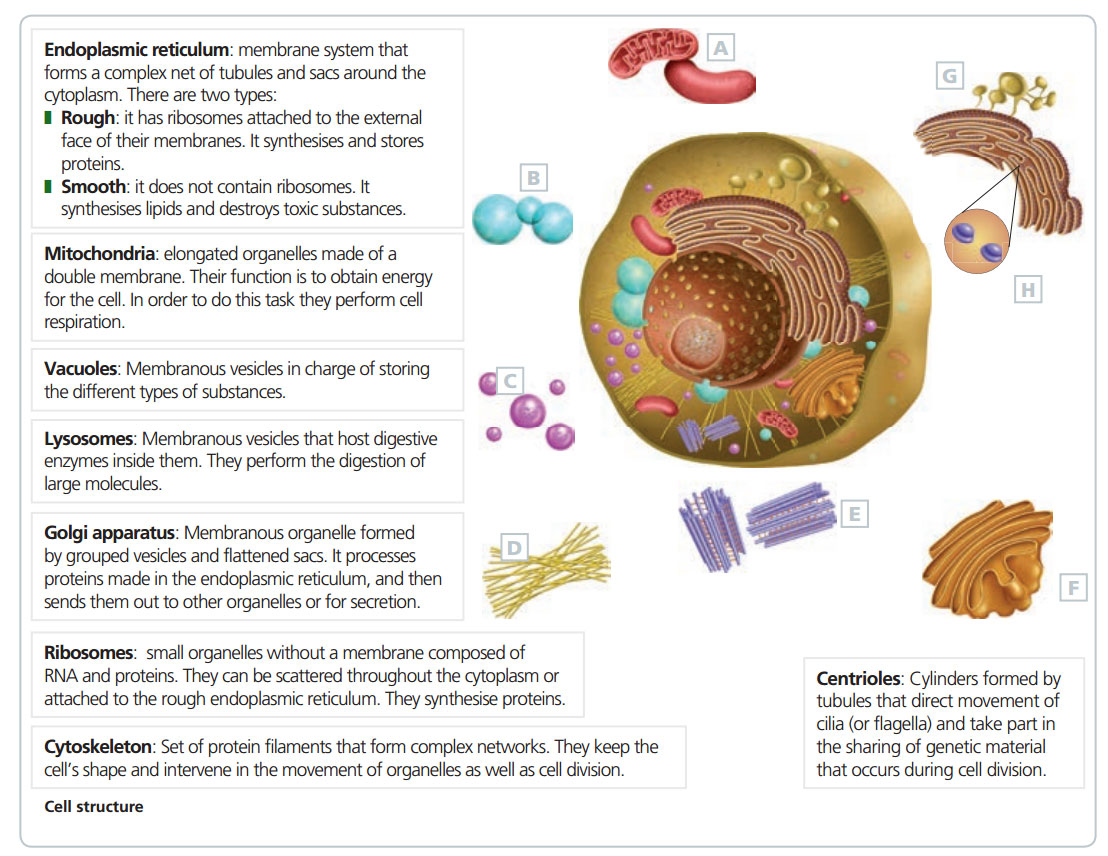
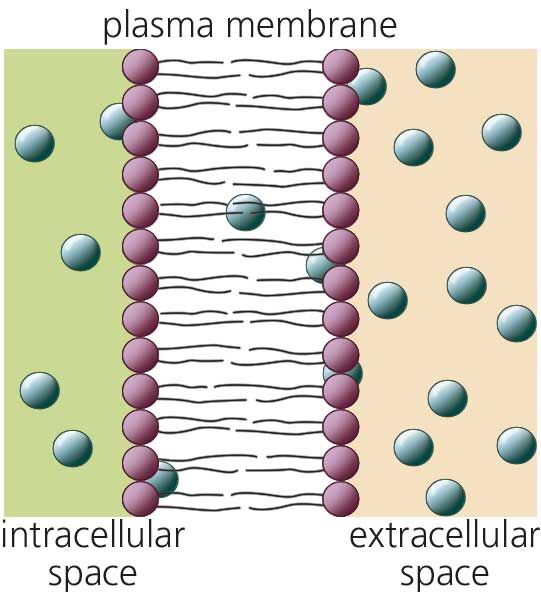
Cells have to exchange substances with the environment in order to obtain what they need to perform their functions, like eliminating waste products.
The cell membrane is semipermeable and this means it only allows the passage of certain substances. Substances can go through the membrane in different ways:
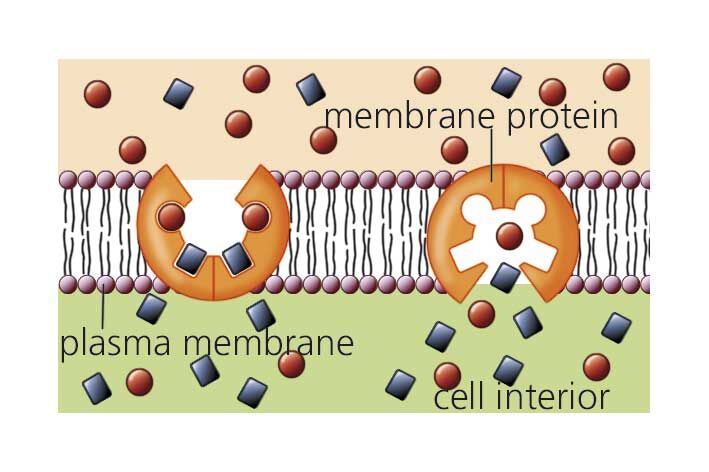
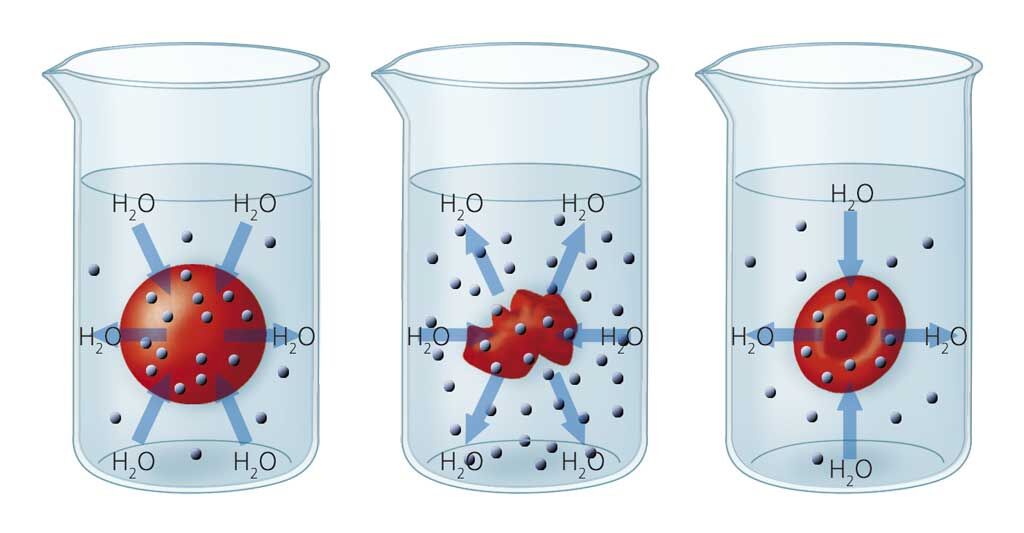
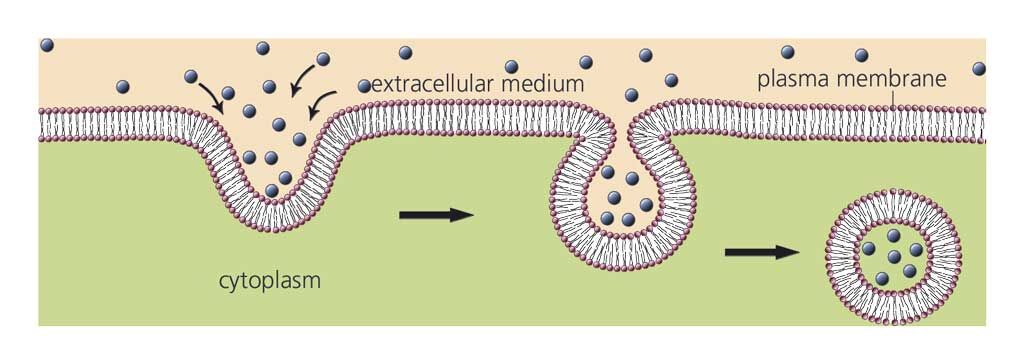
Key concepts
Activity 5
Why are cells considered to be the functional units of living things?
Activity 6
What is the relationship between ribosomes, endoplasmic reticulum and the Golgi apparatus? Complete the sentence in order to show your answer.
Activity 7
Look at the image, read all the information and match each organelle to its function.
Activity 8
Are the particles entering or exiting the cell?
Activity 9
Indicate how solutions A, B and C are related to the cell that is submerged in them.
Activity 10
When we place a teabag in hot water, the water takes a brownish colour. Explain which process has taken place.
Activity 11
What would happen to a human cell if it were to be placed in distilled water?

